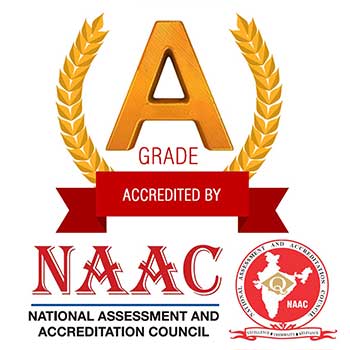Use Of Recovered Tyres In Construction Part I
Abstract
Scrap tyres are being accumulated in large volumes causing an rising threat to the environment. In order to eliminate this negative effect of these depositions and in terms of sustainable development there is great interest in the recycling of these non-hazardous hard wastes. However, the possible of using rubber from damaged tyres in many civil engineering works has been studied for more than 30 years. While the applications where these tyres can be used and where the addition of tyre rubber has proven to be efficient in protecting the environment and conserving natural resources including the production of cement mixtures, road construction and geotechnical works. Recycling of tyres in the applications mentioned above represents a suitable means of disposal for both environmental and economic reasons.
The disposal of waste tyres is becoming a major waste management problem everywhere today. It is estimated that 37 million car and truck tyres are being discarded annually and this number is set to raise, in line with the growth in road traffic and car ownership, by a further 40% by 2011 and 72% by 2021.
It is estimated that 11% of post-consumer tyres are exported and 62% are reused, recycled or sent for energy recovery and 27% are sent to torn tyre, whole tyre or dumped in illegal tyre dumps. The landfill method is one of the most convenient ways of disposing of waste tyres. Though rubber tyres are extremely durable and not naturally biodegradable, they will still remain in landfill with very little degradation over time, presenting a ongoing environmental hazard. Therefore, there is an urgent need to identify alternative solutions in line to execute the waste management hierarchy. This promotes recycling ahead of disposal and energy recovery.
Sustainability Of Construction Materials
These tyres are often deposited in an uncontrolled manner, because of the noticeable rapid depletion in sites available for waste disposal, causing major environmental problems. Water accumulation inside the tyres provides ideal temperature and moisture conditions for the spread of mosquitoes, mice, rats and vermin. At the same time, the quantity of oxygen that exists in the interior of the tyres is enough to cause fire in appropriate conditions, because of their inflammable components, with resulting negative impacts on the atmosphere and on human health. Within the last 10 years, the State of California has seen two of its largest tyre stockpiles – located in Tracy and Westley – catch fire; in Westley, at the westside of Stanislaus County, approximately 7 million scrap tyres were involved in the fire, which was caused by a lightning storm. These fires have raised concerns about the need to eliminate the existing stockpiles and to develop additional end uses for tyres. Over the next few decades, these stockpiles of scrapped tyres should reduce in size as a result of application of Council Directive 1999/31/EC on the Landfill of Waste and other relevant legislation worldwide. Under Council Directive 1999/31/EC, whole tyres (except those with outside diameters greater than 1400 mm and also bicycle tyres) have already been banned from landfill, while since mid-2006, when the landfill ban came into full effect, all tyres (including shredded tyres),must be recovered. The general aim of this Directive is, by way of stringent operational and technical requirements for the waste and landfills, to provide measures, procedures and guidance to prevent or reduce as far as possible the pollution of surface water, groundwater, soil and air, as well as any resulting risk to human health, from land filling of waste, as non-dangerous wastes, consist of synthetic and natural rubber, sulphur and sulphur compounds, silica, phenolic resin, oil (aromatic, napthenic, paraffinic), fabric (polyester, nylon), petroleum waxes, pigments (zinc oxide, titanium dioxide),carbon black, fatty acids, inert materials and steel wires (Siddique and Naik, 2004).Rubber from worn vehicles tyres (passenger cars, buses, trucks, bicycles), after being shredded into smaller pieces, can often be reused in civil engineering applications. Two main methods are used to grind tyres to the required size: the first method is related to ambient size reduction using mechanical processes at or above room temperature and the second method is related to cryogenic size reduction by the use of liquid nitrogen or commercial agents to reduce the tyre to the desired size. The first process produces rubber chips with a rough surface, while cryogenic grinding is generally used for the production of rubber in the form of powder (Eleazer et al., 1992). By reducing the particle size of worn tyres, separation of steel wires and textile fibres can be achieved as well as a further treatment of the worn tyres so that commercial particle sizes are created. Scrap tyres are shredded for use in various applications, with the actual size, ranging from>300 mm to <500 µm, depending upon the intended use.
We will see more on this topic in our next blog.





